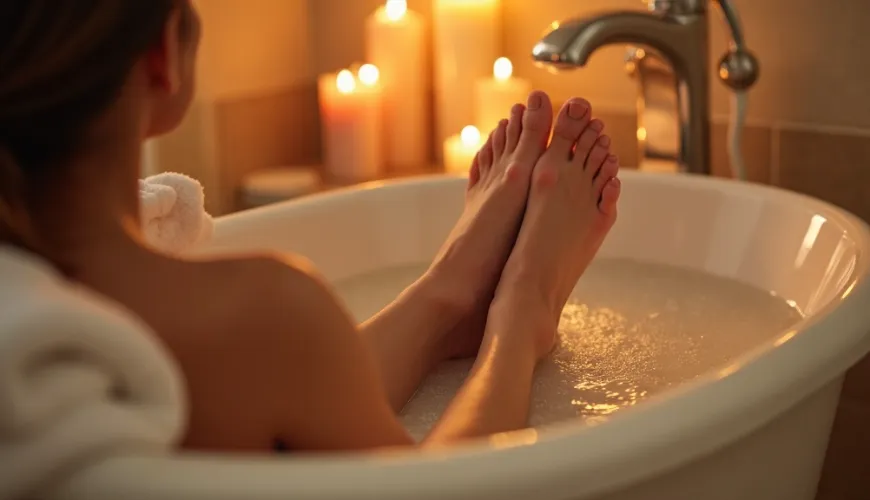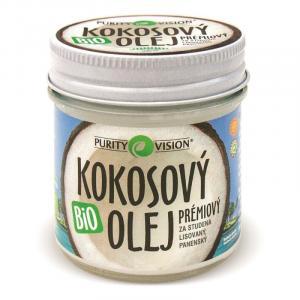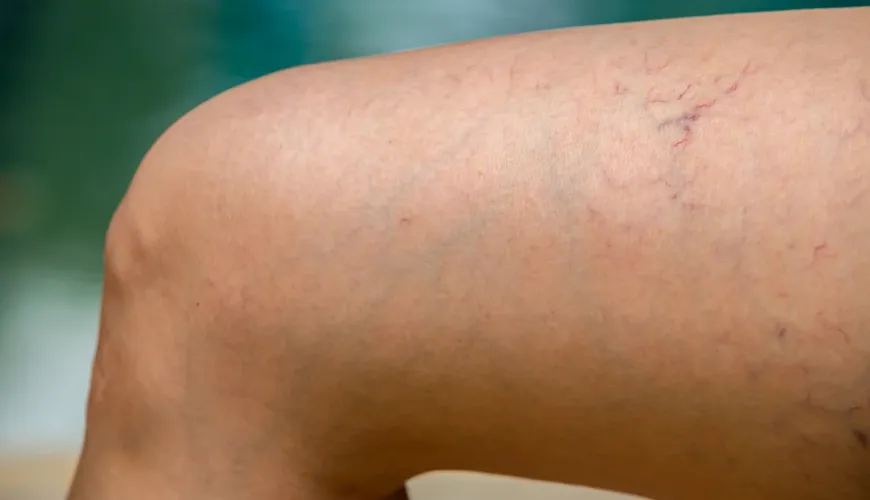
How Hardened Skin on the Foot Develops and What Are Its Causes

Hardened Skin on Feet - Why It Occurs and How to Effectively Get Rid of It
Our feet carry us every day, but we often forget about them. While we pay attention to our facial skin, hair, or figure, our feet remain out of focus – until a problem arises. One of the most common issues is hardened skin on the feet, which can be not only unattractive but also painful. Why does it form, and what can be done when regular creams don't help?
Hardened, dry, and cracked skin on the heels and soles has various causes, but one thing is clear – it should not be overlooked. It can be a symptom of not only neglected care but also health issues that require attention. Although this problem primarily affects women, it is certainly not uncommon among men.
Why Does Skin on the Feet Harden?
The skin on the feet is naturally thicker than on other parts of the body. Its role is to protect the foot from pressure, friction, and impact during walking. In areas that experience more stress – such as the heels or balls of the feet – the skin can naturally thicken. However, if excessive hardening occurs, it can start to peel, crack, and create painful calluses.
The most common causes include:
- Excessive strain – long-term standing, intensive walking or sports, especially without suitable footwear
- Inappropriate footwear – narrow, hard, non-breathable shoes, or high heels
- Dry air and insufficient hydration – especially in winter or with inadequate fluid intake
- Neglected foot care – irregular removal of dead skin or lack of moisturizing
- Health issues – such as diabetes, circulation problems, fungal infections, eczema, or psoriasis
In some cases, hardened skin is the body's response to pressure – for example, when we walk on the inner side of the foot or have a bunion. The skin tries to protect the exposed area by creating thicker layers.
Experts from dermatological clinics warn that "in some cases, hardened skin can lead to deep cracks, which not only hurt but also become a gateway for infection." Therefore, it is important to address the problem in time.
Home Care That Works
Many people think they can manage hard skin on their heels with a pumice stone once a month. The truth is that regularity is the key to success. It's not just about removing dead skin, but also about hydration and protection.
One proven method is a warm foot bath with the addition of sea salt, baking soda, or natural oils, which helps soften the skin before further treatment. After drying, it's ideal to use a gentle pumice stone or foot file – ideally one that does not damage healthy skin.
Subsequently, it's suitable to apply a thicker moisturizing cream, ideally containing urea, shea butter, or coconut oil. Urea is a substance that helps break down hardened skin while hydrating it. Natural alternatives like calendula cream or propolis also have excellent regenerative effects.
A lesser-known but effective method is the use of overnight wraps: apply a layer of cream at night, wrap the feet in cotton socks, and leave it on until morning. This method is especially popular with people who have very dry and cracking skin.
Try our natural products
When the Natural Path Leads
More and more people today are looking for solutions without chemicals – and natural cosmetics offer an answer. Instead of creams with petroleum derivatives, you can opt for products with shea butter, cocoa butter, or almond oil. These not only nourish but also absorb well and don't leave a greasy feeling.
For example, calendula ointment has proven itself to generations of women as a universal aid for cracked skin. It has anti-inflammatory effects and supports healing. Similarly, lavender oil not only soothes but also acts antibacterial – which can be useful for feet prone to fungi or infections.
Interest in zero waste and sustainable products also brings new possibilities – homemade herbal baths, natural pumice stones from lava rock, or balms in recyclable packaging are becoming common additions to eco-households.
One user of natural products described her experience like this: "For years, I suffered from cracking heels, nothing helped. Then I started using only natural balms and massaging my feet every evening. After two months, my heels were like a baby's." Such feedback shows that sometimes less is more – and that returning to the roots is not a step back.
When Home Care Isn't Enough
However, you can't always manage on your own. If you develop deep cracks on your feet, the skin bleeds, hurts, or shows signs of infection (redness, pus, smell), it's time to seek a specialist. A podiatrist or dermatologist can diagnose the problem and propose treatment – from professional care to recommending specialized creams.
Special attention should be paid to foot care for diabetics, who have an increased risk of developing the so-called diabetic foot – a condition where even a small crack can lead to serious complications. In such cases, it's advisable to have regular check-ups by a specialist and avoid home interventions.
Prevention Is Easier Than Solution
It may sound like a cliché, but regular foot care is the simplest way to prevent problems. There's no need to spend hours in the bathroom – just dedicate a few minutes a week to your feet. Give them a bath, gentle massage, remove hardened skin, and apply moisturizing cream. In the summer, it's good to wear breathable shoes and in the winter, protect feet from cold and dry air. A simple daily routine can have surprisingly great effects.
Ultimately, it's also about the relationship with your own body. While we commonly expose our hands or face to the view of others, feet are often hidden – making it easier to forget about them. But they carry our body every day. Perhaps now is the right time to stop and think: when was the last time I gave them the care they deserve?




